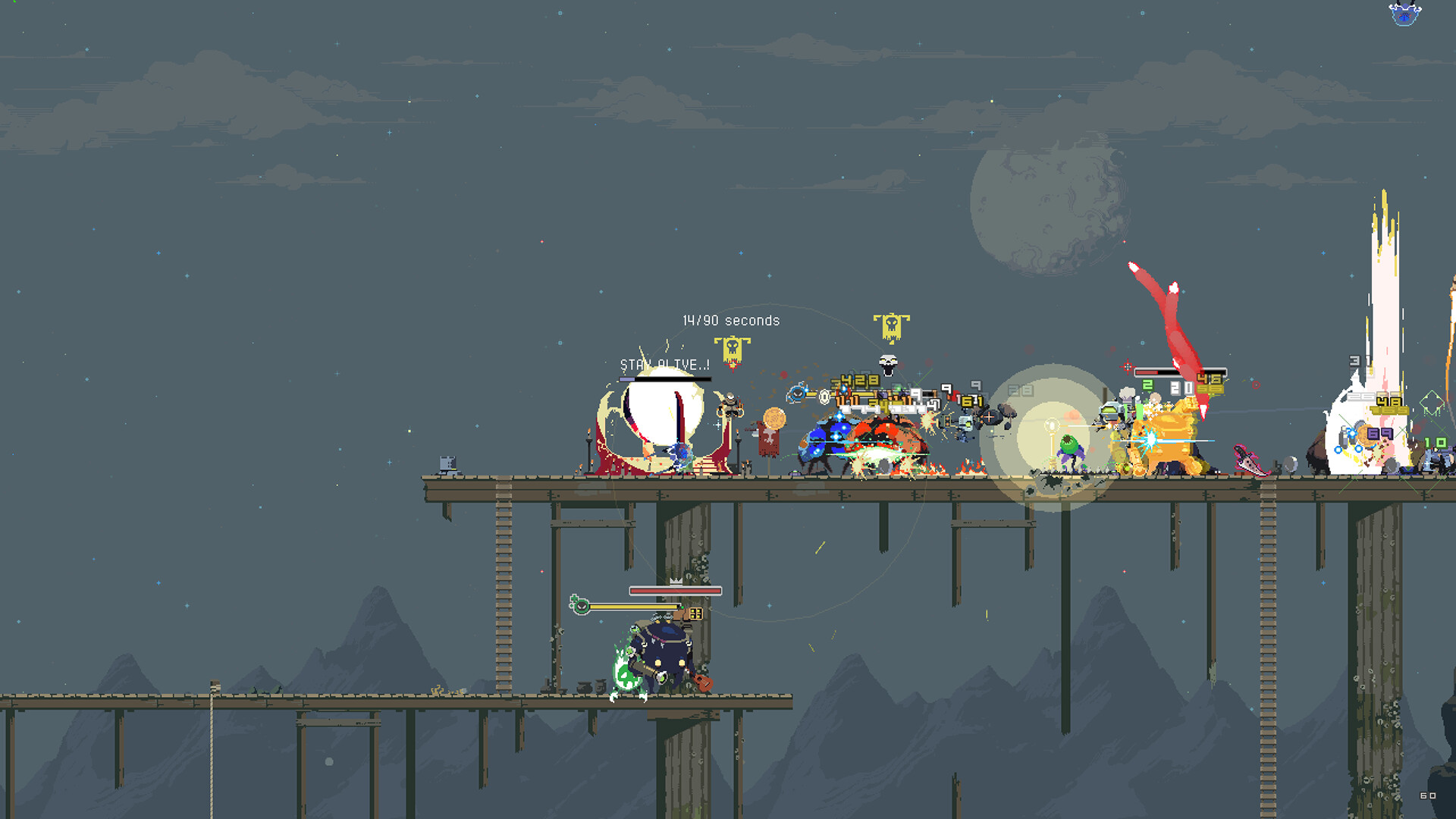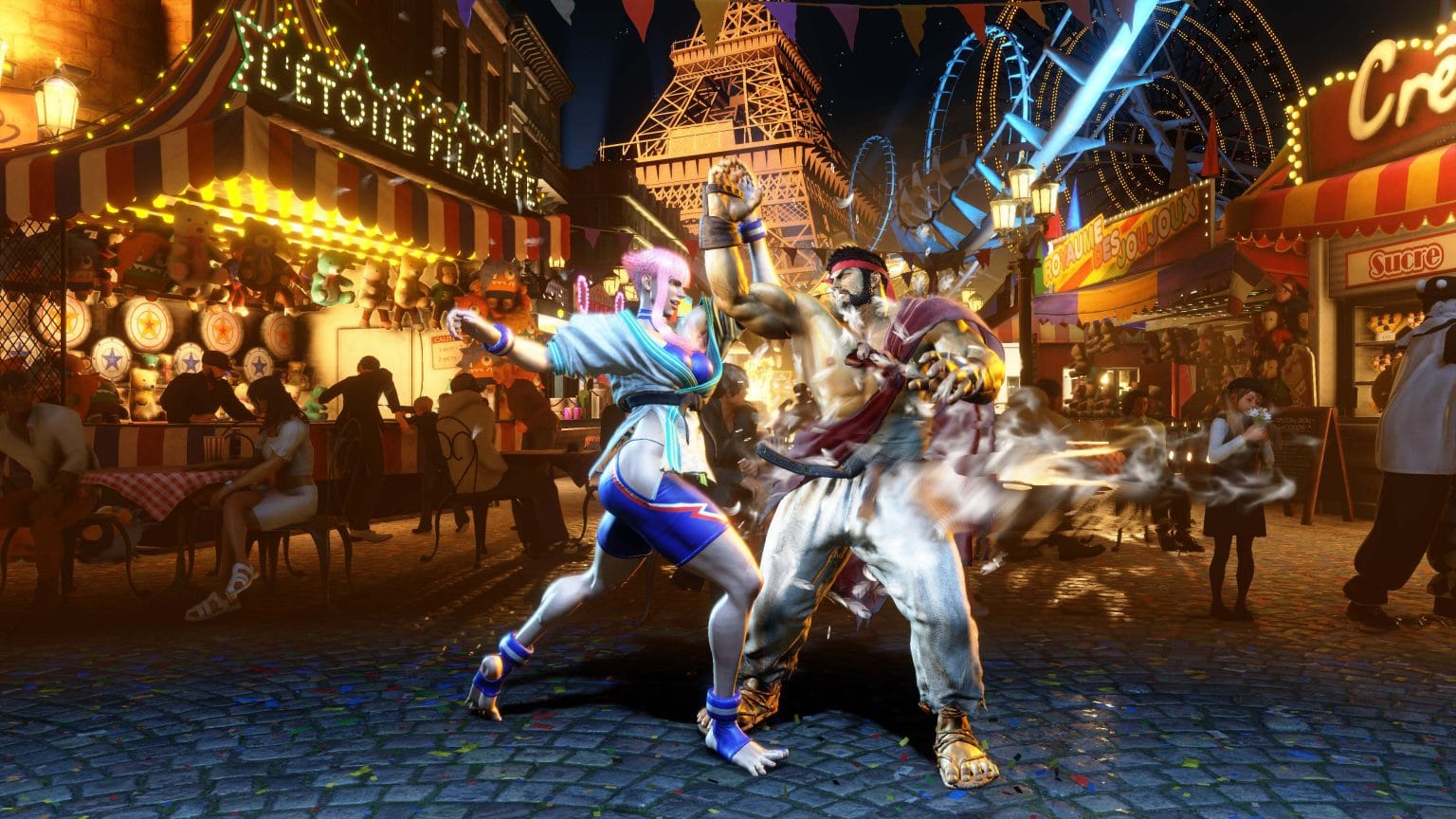It’s easy to criticize, so now I shall say thanks.
As a games journalist and lover of video games, it is often oh-so easy to look at something and point out all of its flaws. When a game designer gives their all and puts their heart into a project, it can often be overlooked to focus on graphical glitches, slow performance, or any number of nitpicks which take away from some legitimately wonderful things. Instead, I want to look back at a handful of mechanics that make playing games a lot better.
We might have missed the window on the Thanksgiving season, but we can always be grateful for these games that make us happy. So, now I want to take the time to sit back, pass the gravy across the table, and give some thanks to some game parts that we often take for granted in the modern age.

5. Autosave
Okay, this is a mechanic I’ve yelled at recently. And I will yell at it for the rest of my life.
Autosave is something that is easy to get mad at. When your party falls to a Githyanki attack in Baldur’s Gate 3 and the autosave is about an hour and a half back, I think you should be allowed to shut your computer off for a while. It can be frustrating to forget about something as conceptually simple as saving.
But, let’s be real; it is better than nothing, strictly speaking. The number of times I’ve screamed at autosave is nothing compared to my stupid butt losing hours of progress in point-and-click games like Space Quest. There are few games that would work in the modern age without an auto-save feature.
I want to give thanks, especially, to the people who set up the checkpoints for autosaving. I’m sure that’s an arduous process that takes hours of playtesting and concepting. So, thank you for not putting me back to an October save in BG3, Starfield, or anything else.

4. Auto-Mash
With the recent release of Risk of Rain Returns, a new accessibility feature has been revealed to me: an automatic mashing feature.
This feature is primarily used with the Bandit hero, whose gun fires slowly unless you mash the button. While it is very much possible to fan the hammer, why risk arthritis? The control option, simply called “Rapid Fire,” mashes for you, almost like a Turbo button from days of yore.
While I am able to mash reliably, having this feature be present in future games with rapid-tapping mechanics would be quite handy. I’m not staying this young forever, and I’d rather save my arthritis-inducing mashing for Mario Party—though, if Mario Party could save my fingers for something more important, I’d be very grateful. I kind of hope other remasters will consider this option. Looking at you, Borderlands 2.
So thanks again, Risk of Rain Returns, for sparing my fingers whenever I play Bandit. But, maybe make the flying monsters not kill me instantly, will you?

3. Alterable Control Schemes
I’m a fighting game guy. I like ‘em, even if I don’t get the opportunity to play too often.
So, when Street Fighter 6 came out swinging with Modern controls, I was very interested right off the bat. Not because I need them, mind you, but because it brought a whole new audience back to the table. A few of my friends have even been willing to step into the ring because of this scheme.
Modern Ken and Modern Honda are memes in the fighting game community, a community which derides players for choosing a simple path with their character. And I think it’s gotten to the point where within SF6, Modern is seen as a double-edged sword more than a strict upside.
I want to spend the time to thank not only the Modern control scheme and what it means for the future of the fighting game genre, but for the extra steps developers take to make multiple different control options. Even something as simple as making it possible to remap control options is something that older games never really had.
Thanks SF6, for being so willing to welcome newer players into the game and giving them a roadmap to understanding neutral, decision making, and combo routes, even if you couldn’t give them all of the controls they may need for endgame combo opportunities. I hope other fighting games can emulate this, so I can get my friends into Dragonball FighterZ someday.

2. Combo Counters
We’re continuing the fighting game chain with combo counters. I don’t think I know anyone who is actively anti-combo meter, especially in fighting games. Big numbers are very funny.
Street Fighter 6 brings it with a traditional, smaller number which grows as your combo continues. Meanwhile, more anime-styled fighting games like Guilty Gear Strive basically cover your entire screen with the number of times you jam your fist down someone’s throat. Seeing the numbers rise in Diablo IV gives me childlike glee like no other.
However, I also want to take the time to thank the implementation of combo counters in non-traditional games for the mechanic. There’s nothing quite like seeing a number rise in a strategy title like Fire Emblem Engage during the Fishing Minigame and getting that strange burst of adrenaline all over again. It’s an art that is implemented so well in games like Stardew Valley and other cozy titles, where these passive and ho-hum moments can improve the stakes so significantly with nothing more than a rising number.
Thank you for making everything feel so cool, game designers. Without you, I wouldn’t be so invested in landing another perfect fish in a row.

1. Free-Form Movement
As is usual with the year-to-year development of games, moving around your environment continues to improve. However, this year had some bangers in the moving-about category.
The Legend of Zelda: Tears of the Kingdom expanded on Breath of the Wild in extremely rewarding ways this year. Marvel’s Spider-Man 2’s web-slinging is just as free-form as ever, while Lil Gator Game shows the potential of TotK in an indie space with a renewed focus on relaxing and exploring. Even DLC like Monster Hunter Rise: Sunbreak showcased how important options are for moving around (and mastering) an environment, even making the Wirebug central to combat. And, despite all of its flaws, being able to finally fly free-form around Pokémon Scarlet and Violet is so cool.
This concept is pretty well-worked now, but continues to be refined in such fun ways, and it’s not easy to make work. These games have to set up so many goalposts and natural barriers to get players to behave as they want in the world, and they’ve continued to do an amazing job—not only making their worlds feel so alive, but making sure players don’t clip out of bounds at every corner or accidentally skip half the game because they rocketed towards a corner too fast. As we’ve seen from many buggy games, that’s a lot of work.
Thank you for making me feel so awesome while exploring the world, game devs. You’re the reason games are so easy to be lost in, and that’s worth everything.
Jason graduated from Northeastern University with a degree in English and Game Design. For him, video games are not just an art form, but one of the greatest mediums to tell a story.
When not perpetuating the game journalist stereotype of being awful at a game and blaming the game for it, Jason likes writing short fiction novels that never get past chapter two, and playing Dungeons & Dragons.











1 Comment
perfect last paragraph, jason! really enjoyed reading this whole thing. the auto save got to me hahaha